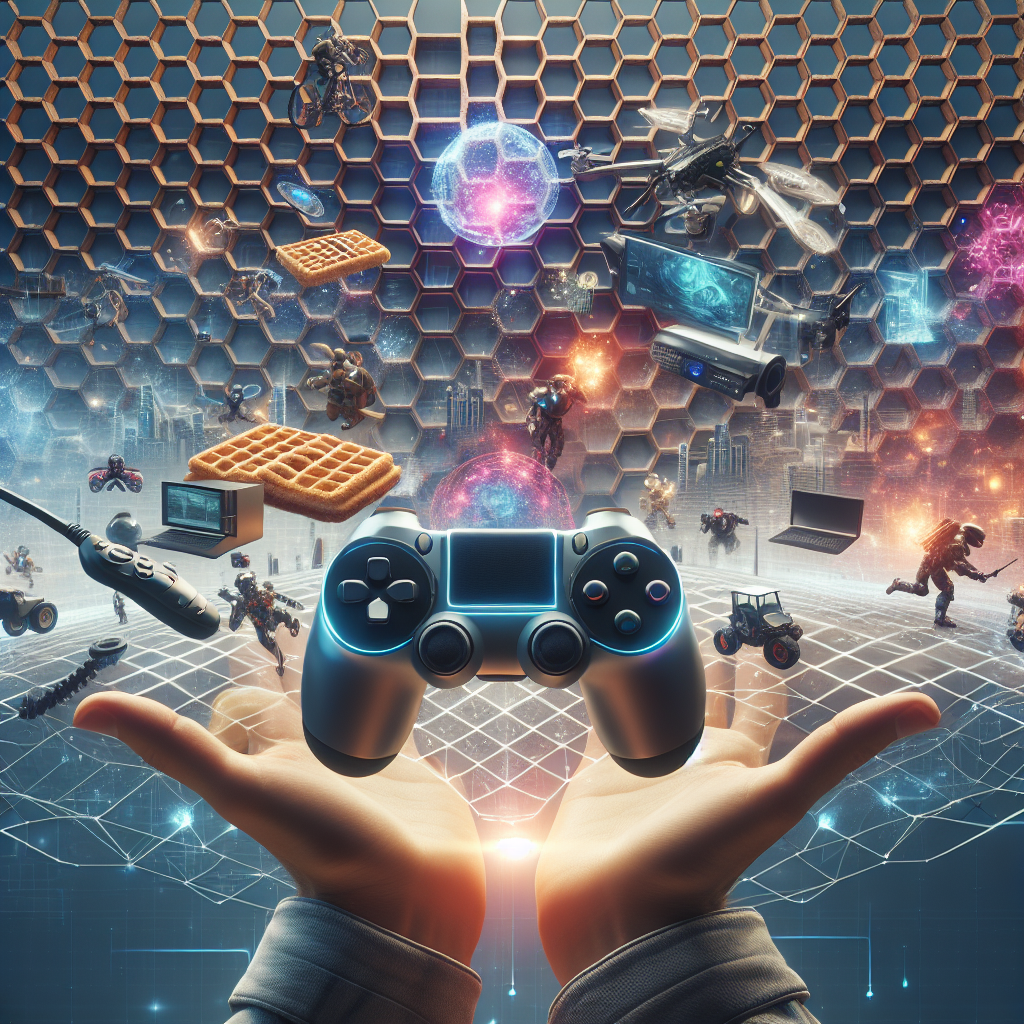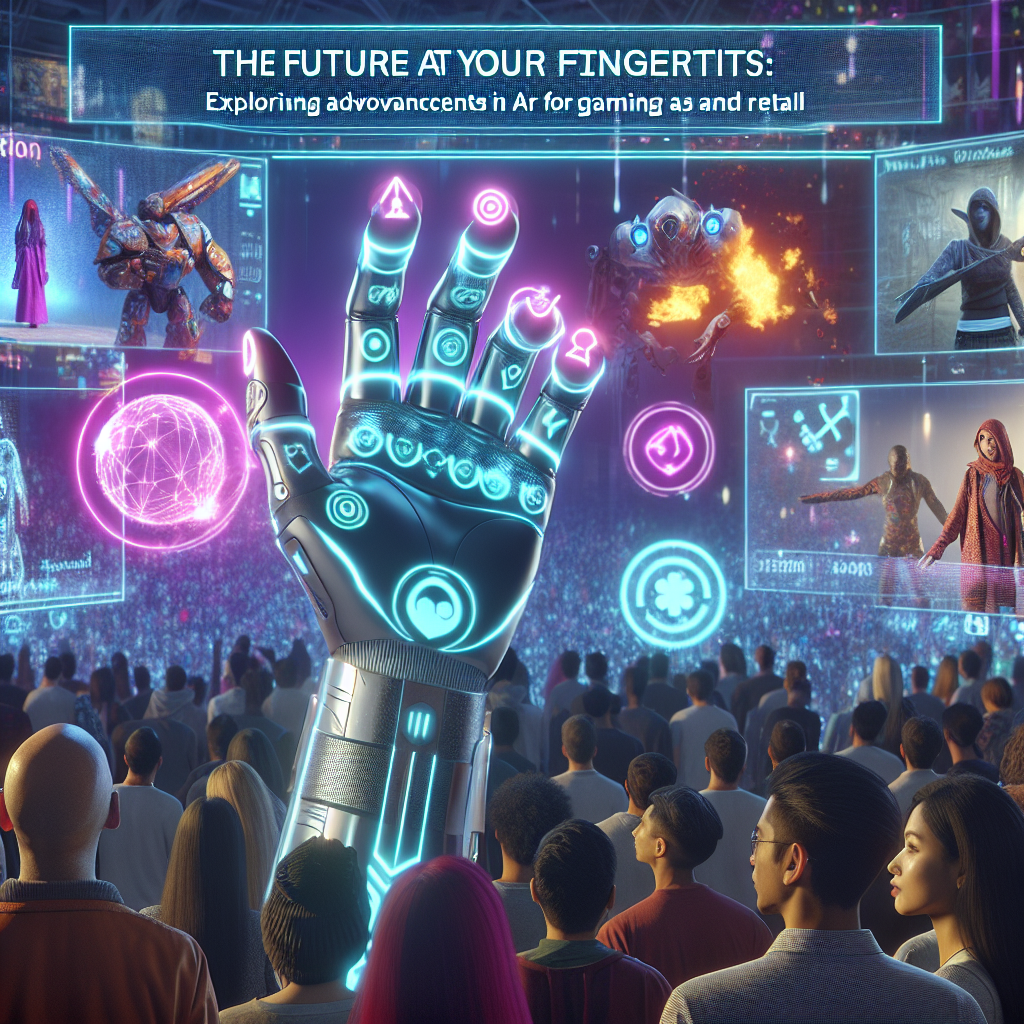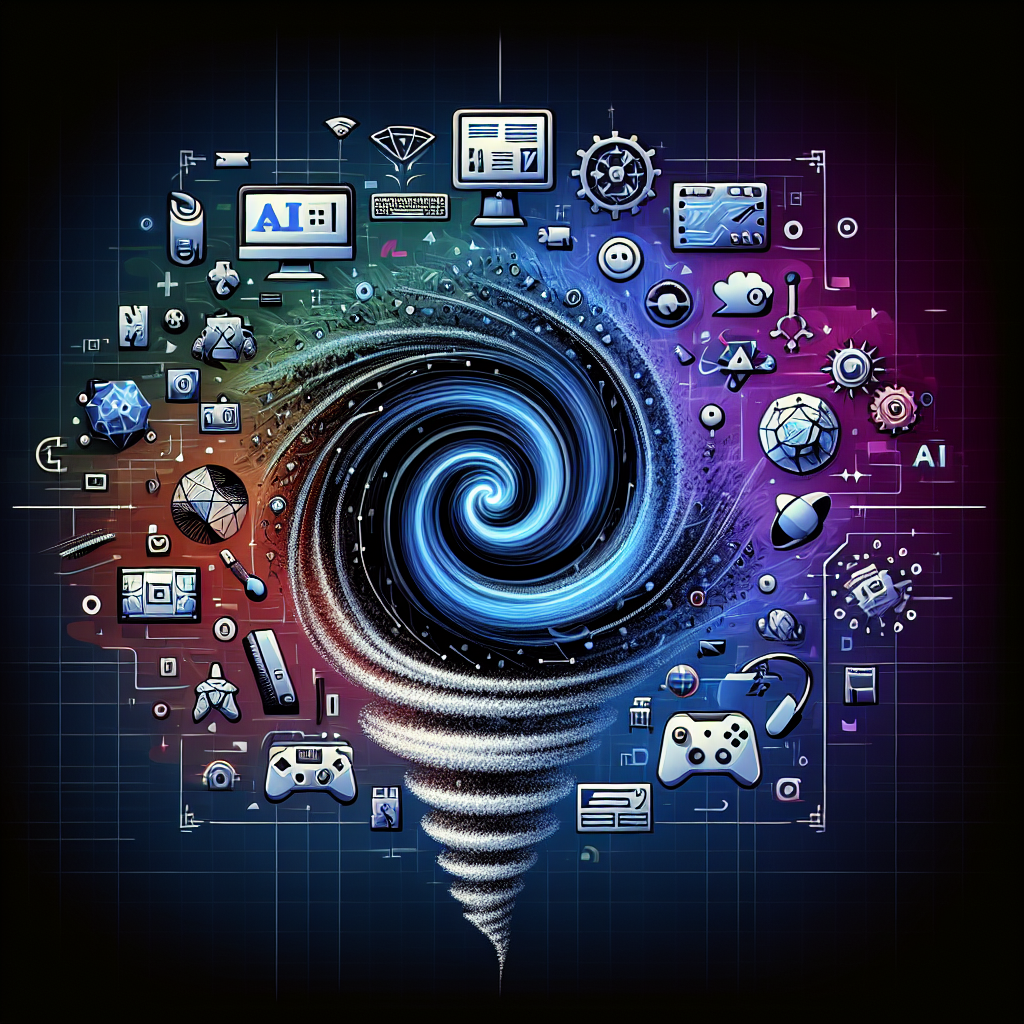Spatial computing is no longer just a buzzword; it's changing the game in both gaming and consumer electronics. This innovative technology combines digital content with physical space, allowing users to interact with environments in entirely new ways. Let's dive into the latest advancements and how they're transforming the way we play and live.
What is Spatial Computing?
Spatial computing isn't just about wearing fancy VR headsets. It's about blending physical and digital worlds through technologies like augmented reality (AR), virtual reality (VR), and mixed reality (MR). This field leverages advanced sensors, computer vision, and spatial mapping to create immersive experiences that feel more natural and intuitive than ever before.
Advancements in Consumer Electronics
Devices like Apple's Vision Pro and Magic Leap's AR headsets are making waves in consumer electronics. These devices allow users to overlay virtual objects onto the real world and interact with them using gestures, voice commands, or eye movements. For instance, Apple's Vision Pro integrates eye tracking and hand gestures for a seamless user experience.
Apple Vision Pro & Magic Leap Two
Apple Vision Pro is Apple's leap into spatial computing, offering users a new way to experience the digital world within their physical space. This headset uses advanced sensors to track user movements, allowing them to manipulate virtual objects seamlessly.
Magic Leap Two, on the other hand, is designed for enterprise use, providing an immersive AR platform with capabilities like Web3D integration and AR Cloud technology. This headset is built for comfort and performance, making it ideal for industries requiring extended use.
Gaming and Immersive Experiences
Gaming is perhaps the most exciting area where spatial computing is making a significant impact. Imagine stepping into your favorite game world and interacting with characters and objects as if they were real. Spatial computing makes this possible by combining VR/AR with real-world environments.
XR Games
Extended reality (XR) games are becoming increasingly popular, allowing gamers to immerse themselves fully in virtual and augmented worlds. Players can engage in interactive narratives, manipulate virtual objects, and experience environments in ways that traditional gaming can't match.
Future Outlook
The future of spatial computing looks incredibly bright. As AI continues to improve, we can expect even more sophisticated interactions between physical and virtual spaces. The integration of AI will enhance spatial mapping, object recognition, and user interaction, making these experiences more tailored and personalized.
Challenges and Opportunities
While high hardware costs and limited battery life are challenges, companies are rapidly advancing technology to make spatial computing more accessible. The global market for spatial computing is projected to reach significant figures in the coming years, indicating its potential for widespread adoption and innovation.
In conclusion, spatial computing is not just about gadgets; it's about redefining how we interact with the world around us. Whether you're a gamer, tech enthusiast, or business leader, the future promises exciting opportunities for immersive experiences that blend the best of both physical and digital realities.



